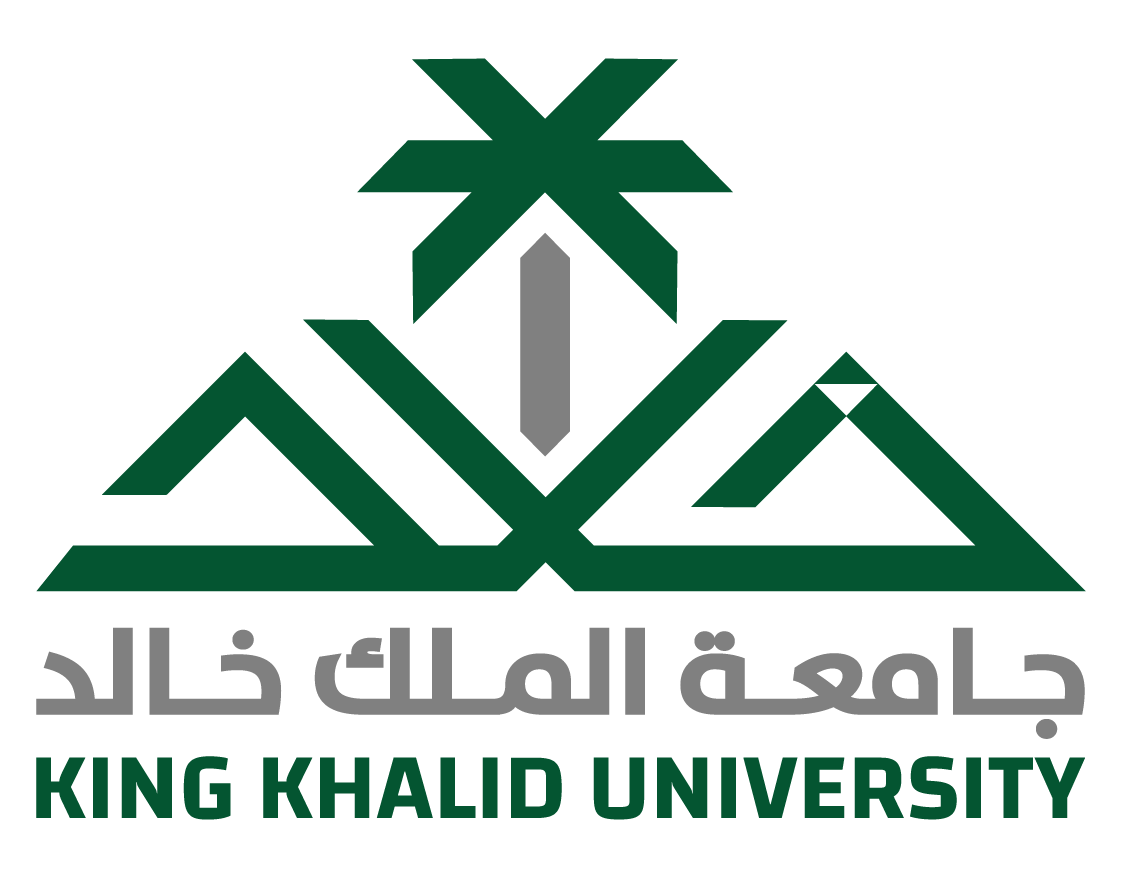Abstract
Abstract In this study, fifty-four bacterial isolates were obtained by enrichment techniques from oil-contaminated soil samples at oil station sites in the ABHA area, KSA. These isolates were grown on a mineral salt medium containing naphthalene or phenanthrene as the sole source of carbon and energy. From the sample, seven powerful gram negative bacterial isolates designated as: KKU-J1, KKU-J2, KKU-J4, KKU-J7, KKU-J9, KKU-J14 and KKU-J17 exhibiting the ability for petroleum PAHs degradation were selected. The isolates were characterized using a variety of phenotypic, morphologic and molecular properties. All the isolates showed the highest growth during screening, as demonstrated by the increase in their optical densities (OD600) and a concentrationdependent growth in all examined PAH-compounds. When grow on 100mg/l, the strains KKU-J2, KKU-J7 and KKU-J17 were the best at optimum growth rates of 0.333, 0.364 and 0.357 (OD600). Molecular identification of the selected isolates was detected based on 16S rRNA gene amplification and partial sequence determination. Alignment results and the comparison of 16S rRNA gene sequences of the isolates to the 16S rRNA gene sequences available in GenBank database, as well as the phylogenetic analysis, confirmed the accurate position of the isolates as Sphingomonas paucimobilis KKU-J1, Pseudomonas alcaligenes KKU-J2, Micrococcus antarcticus KKU-J4, Arthrobacter oxydans KKU-J7, Stenotrophomonas rhizophila KKU-J9, Kocuria rhizophila KKU-J14 and Shinella zoogloeoides KKU-J17. RAPD-PCR fingerprinting was carried out for the seven isolates and the DNA patterns revealed that there is no correlation between the RAPD profile and geographic origin sites that these isolates were collected from. Thish study indicates that the contaminated soil samples contain a diverse population of PAH-degrading bacteria and the use of soil-associated microorganisms could be recommended for PAHs bioremediation in the environment.

